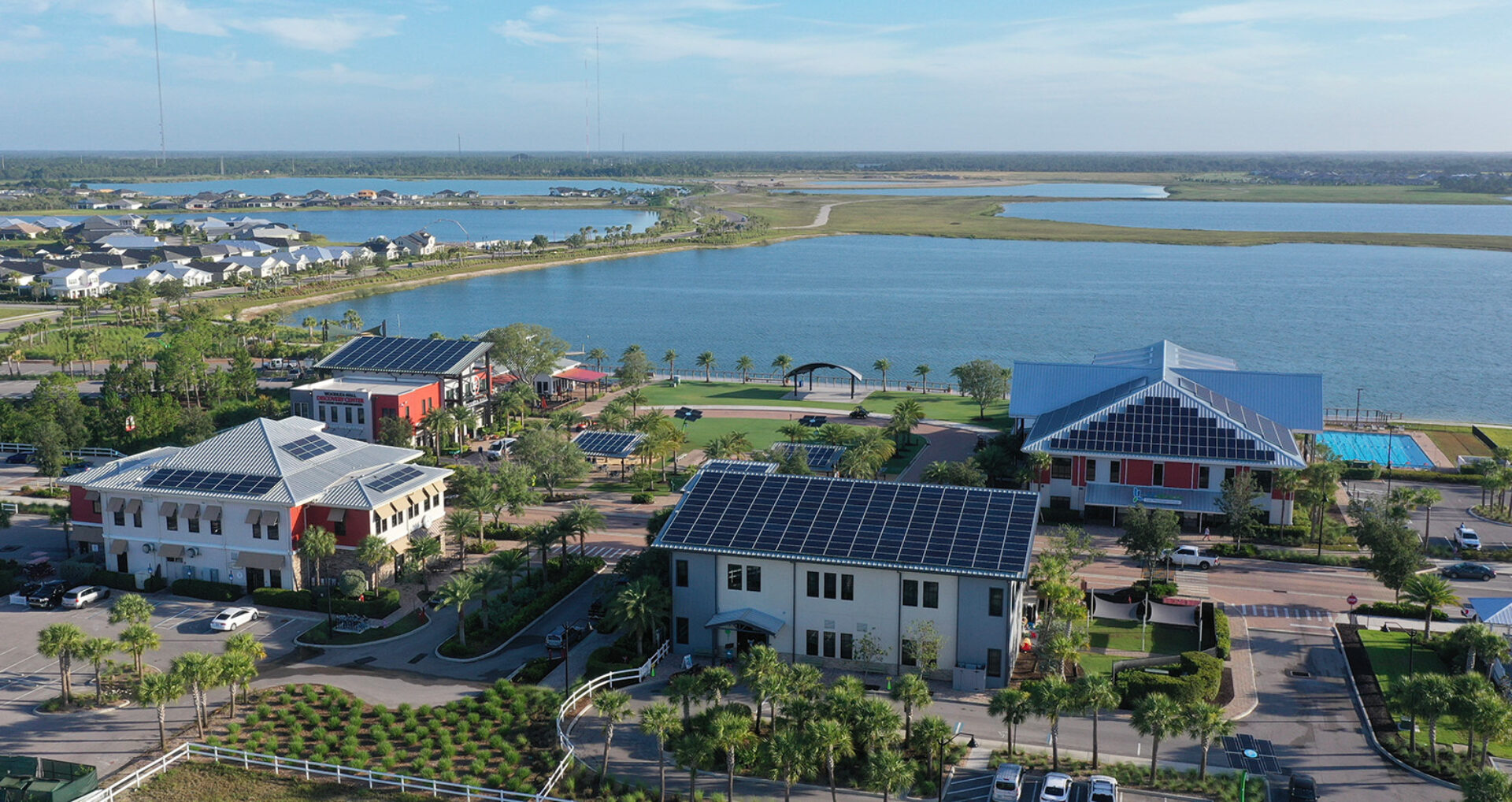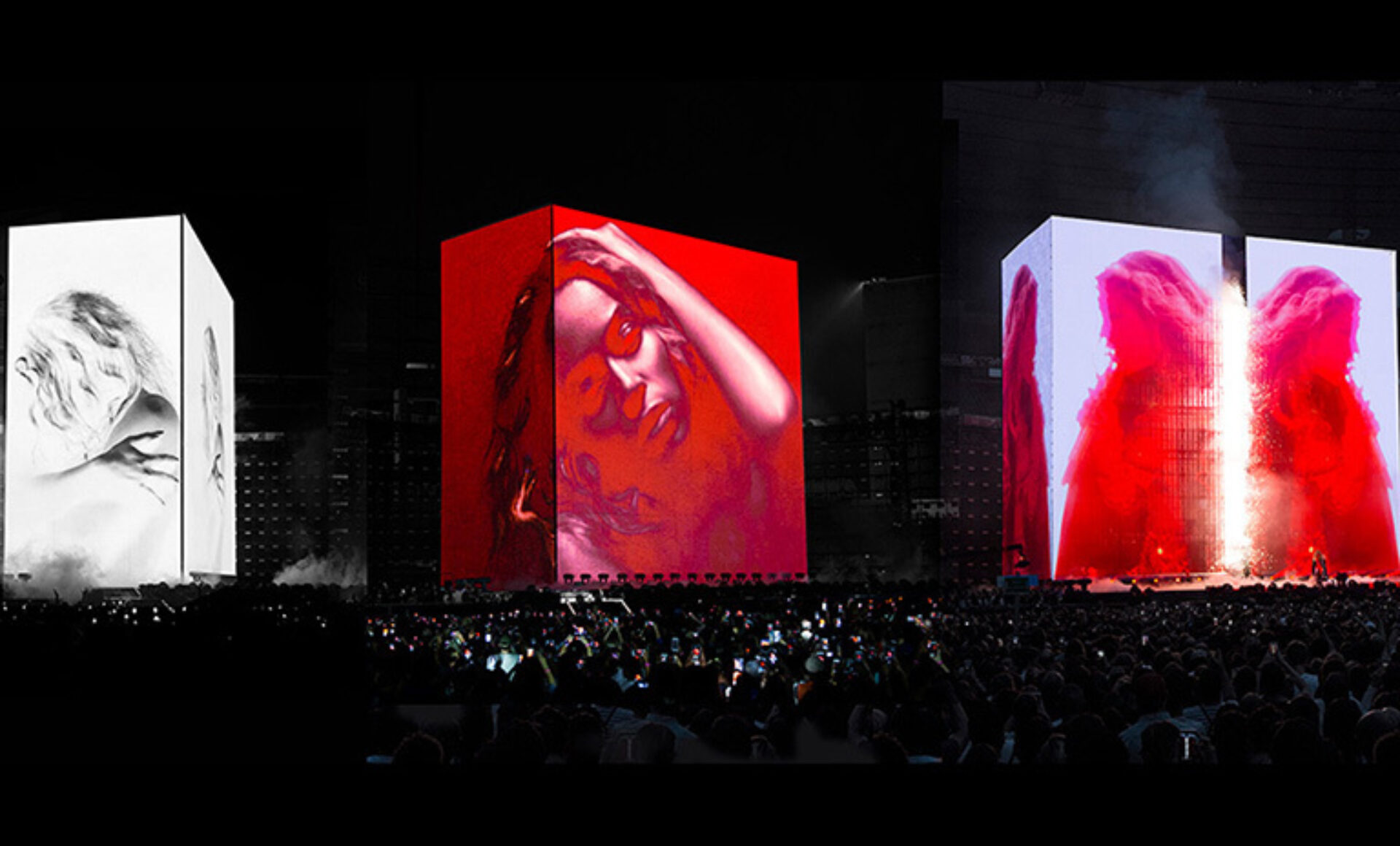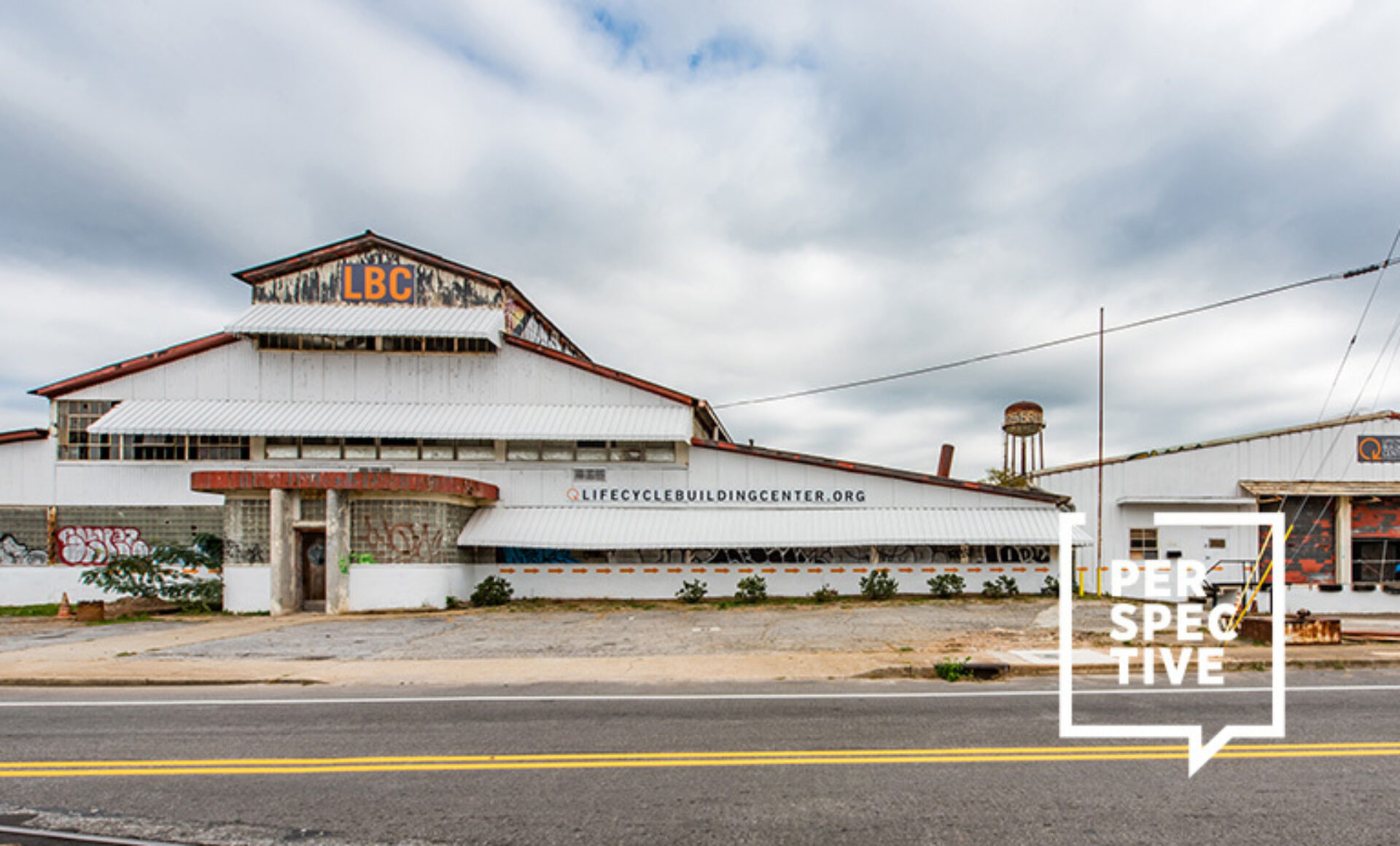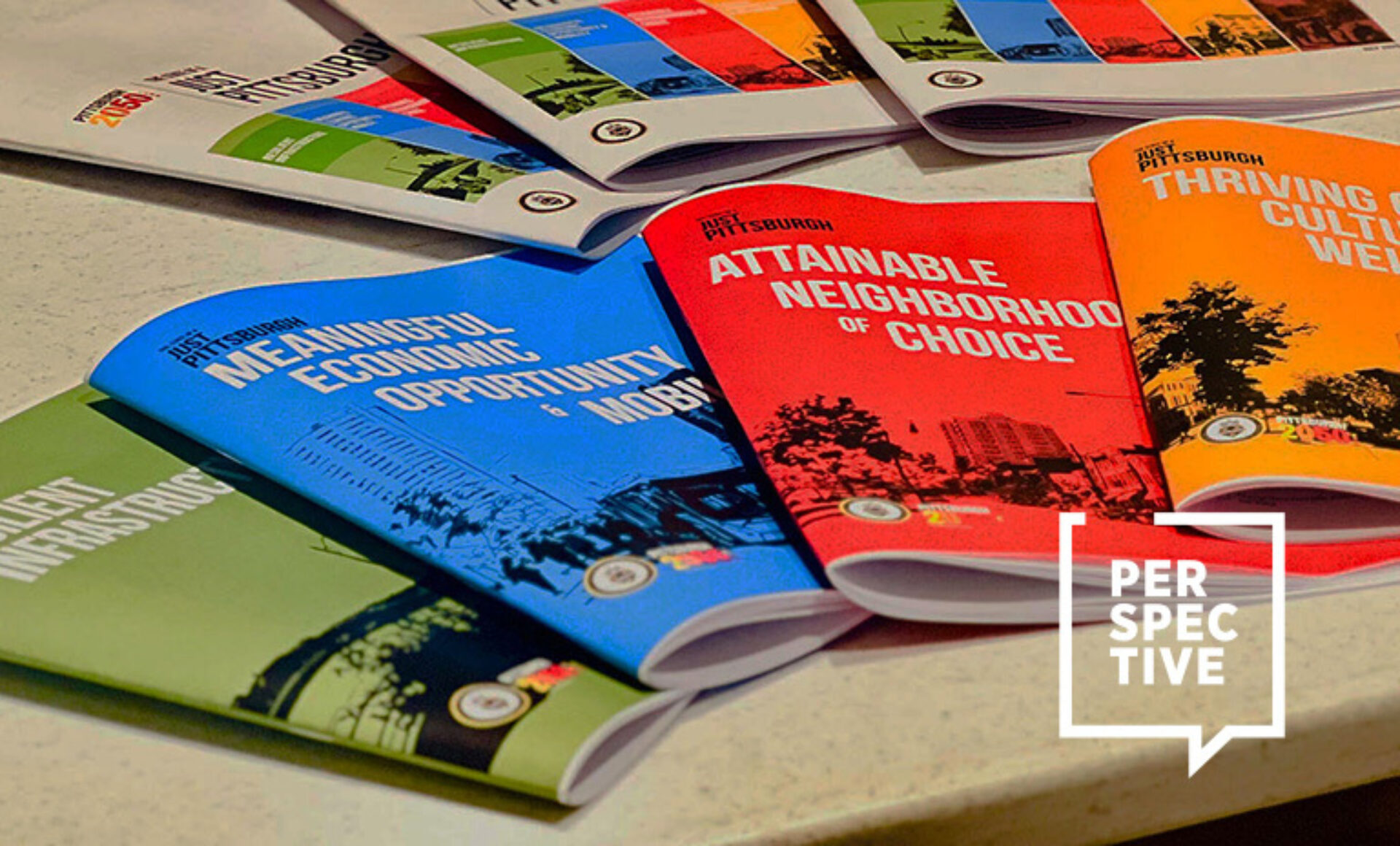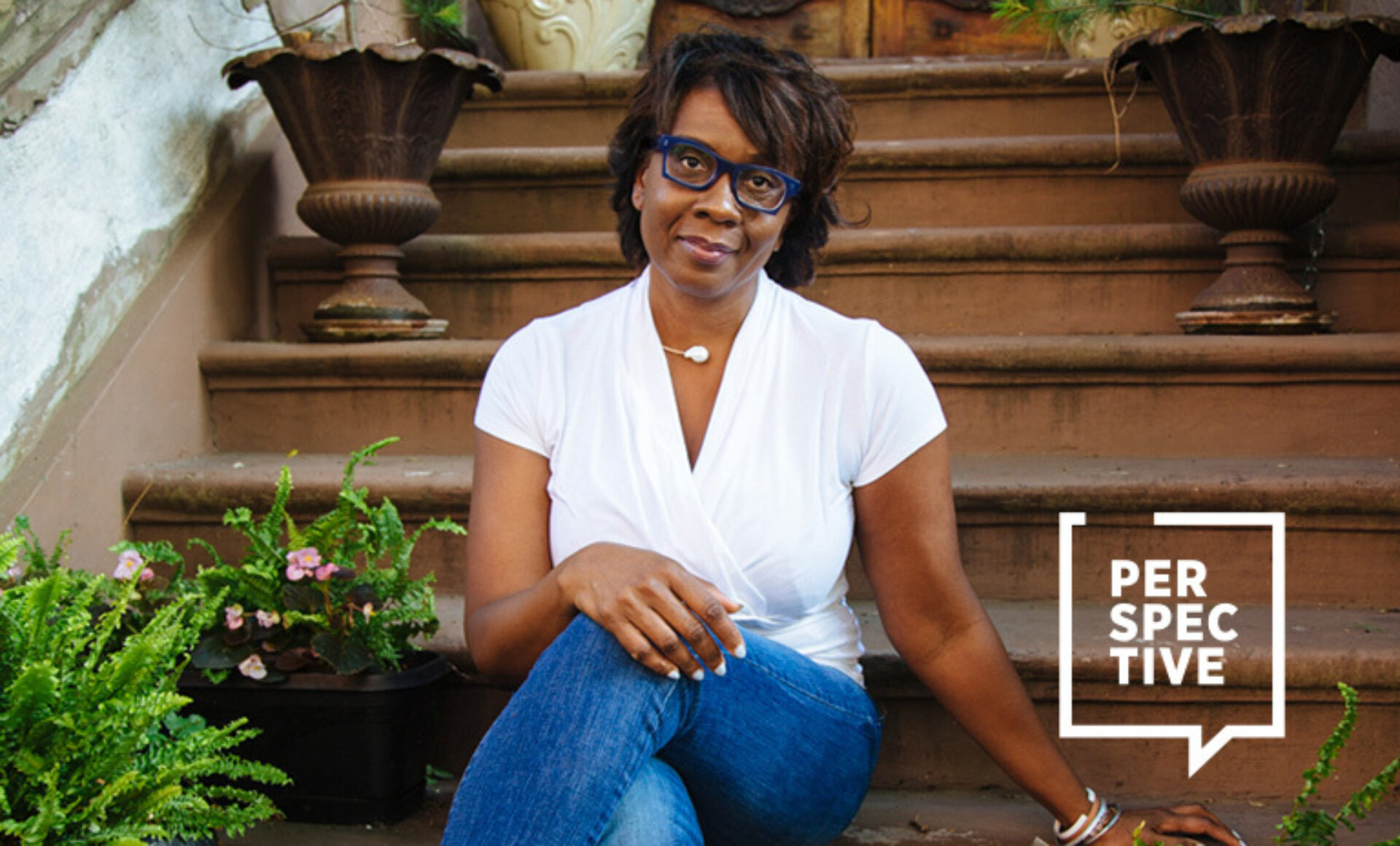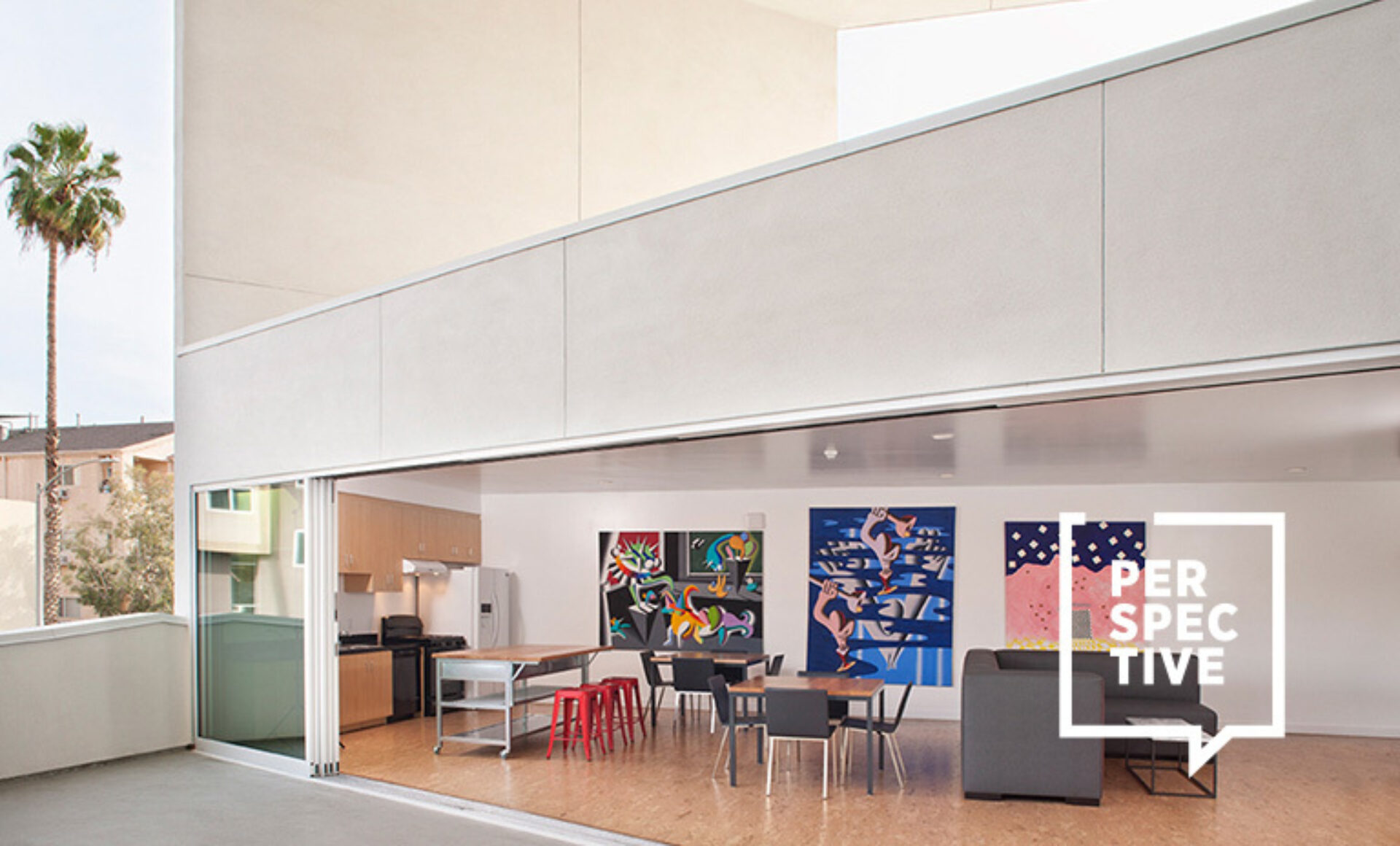What is it like to help to create and then live in your own experiment? Sustainability engineer Dr. Jennifer Languell can share her experience of this, as well as what it’s like to put it to the test. Languell is a member of a whole team of design and engineering professionals who came together to create Babcock Ranch as “the most resilient and sustainable community in Florida.”
For more than 25 years, Dr. Languell has been a champion and advocate for green building principles and sustainable development and design within the construction industry. She is the Founder and President of Trifecta Construction and is a sought-after consultant when it comes to sustainability projects ranging from single-family homes to luxury high-rises commercial projects, and future towns like Babcock Ranch where she was part of a team of design and engineering professionals who came together to create Babcock Ranch.
The idea for Babcock Ranch began with retired football player-turned real estate developer Syd Kitson, who purchased the roughly 92,000 acres from the state in 2006, selling 74,000 acres back as a permanent wildlife preserve. He then sold around 870 acres to Florida Power & Light (FP&L) to be used as a solar power plant. Forty percent of the remaining land became the development of Babcock Ranch, with the rest set aside for wetland preserves, greenways, or conservation efforts. Running entirely on solar, it is the “first solar-powered town in America.”
“Syd calls it ‘the living laboratory,’ we test things and have them fail, or more often succeed,” says Languell. At 30 feet elevation and 30 miles inland, the non-coastal location ensures the community is protected from any major storm surges coupled with a storm system that utilizes layers of protection against flooding, making it an ideal place to shelter in place. This past September Hurricane Ian provided the ultimate test of its ability to weather such a storm, one that devastated the city of Fort Myers just 30 miles away.
The community never lost power or internet, and although they endured the nearly 100-mph winds, the most significant damage that the community faced was the uprooting of trees and downed street signs. All to prove that Babcock Ranch performed as designed, withstanding a category 4 hurricane. By avoiding destruction, they were able to provide boots on the ground support to the surrounding communities that needed it by offering food and shelter to volunteers and displaced residents as well as internet access, clean water, and other resources that would not have been available had they been harder hit.

Relying on Sustainable Solutions
“One thing that really worked for us was durability and redundancy,” explained Languell, “for each system, we have engineered backups.” She continues, “For example, our stormwater system is traditionally engineered, but we also designed the streets to absorb water and gave every home an elevation of two feet above the streets to protect from flooding.” Through the incorporation of native plant species, the surrounding greenways were well stationed for weathering the storm and holding up to the hurricane’s wind and rain. The reclamation of the surrounding wetlands has also proved essential, in addition to providing a home for the native plant and animal species, the wetlands retain water much like a retaining pond.
“Another example is our power system—we have a 150 Megawatt solar array that supplies our power, and everything is underground.” The FP&L solar array is designed to produce a surplus of energy for the community to draw on in times like these. Once the energy is centralized in the substation, it runs underground in contrast to the traditional above-ground power lines. In places that can experience hurricanes or other high-wind events, above-ground power lines can pose a bigger risk that just losing power—in some cases it can result in even more devastating destruction such as some of the biggest wildfires in California’s recent history, burning millions of acres and resulting in billions of dollars of legal settlements.
(The 870 acre Florida Power & Light solar array that powers the community, while producing a power surplus for less sunny days. Image courtesy of Babcock Ranch)

Languell was in grad school around the time that the U.S. Green Building Council (USGBC) was formed. With a background in engineering, metallurgy, and materials science, she began looking at construction as a starting place for really understanding how to implement green building. At the time one-third of all waste in the U.S came from the construction and demolition industry, and she knew that we could do better. She asked herself “How do we actually make it happen in the real world?”
“I felt very passionate that not only architects be involved, but that engineers, contractors, and those on-site be involved…Just because something is in construction drawings doesn’t mean that it’s being implemented in the field. My drive became how we convince people to rethink their methods.”
Building Smart
“Saving the planet,” and “climate change,” are not easy sells, so how can you change an industry? Languell explains that “You're not going to make someone care about sustainability, but you can make them care about the bottom line.”
She gives an example, “I was working with a developer, and they were having algae blooms in their stormwater retention ponds, which cost hundreds of thousands of dollars to clean up. I asked them to consider planning littoral vegetation and backing the grass up off of the lake a little bit, to prevent the fertilizer and pesticide runoff that were the root cause. I turned the conversation from an environmental conversation into a money conversation, and then people started listening. It became about what we do building-wise to optimize performance.”
“What I tell people all the time is, I really don't care if you believe in climate change or not. What I care about is making informed decisions. We already know how to build more efficiently, to save water, to build more durably. We know how to do this. So let's make informed decisions about what we're doing, and why we're doing it.”
It’s about looking at what you want to do and moving it forward in ways that work. “We wanted a less car-centric community, so we really prioritized what that looks like,” Languell explains, “We knew we would need sidewalks bigger than the standard four feet, and on both sides of the road. We knew we would need bike lanes that didn’t only look safe, but felt safe.”
Making it easy is a key component to getting people on board, even just ensuring the infrastructure is already in place. “Take electric vehicles. As an electric car owner, I pushed to include a 220V plug in the garage for more efficient, at-home charging. We made it easy, right? It cost the builder five hundred dollars to do it, but for the consumer, it could cost up to $5,000 to upgrade.”
Many in the industry looked at the Babcock Ranch project as “The Wild West.” She laughs, recalling builders saying, “We’re going to let them go out there and prove this works. And now we have ten different builders that are out there. They realized it worked.”

Community Involvement
Those that are interested in living here are not just opting for something safe and secure, they are also interested in the community and the idea of being involved in working together. Languell says that while it’s important to educate industry members on the whys and the whats, it’s also important to start young.
“We filled the local school to capacity the first year, and we haven’t stopped building,” Languell explains. “People are enrolling their children because we’re also innovative in the education— We’re tying sustainability into the education.” With the high school opening this past August, Babcock now offers K-12th grade project-based “greenSTEAM” education that integrates Science, Technology, Engineering, the Arts, and Mathematics.
“We’re able to walk classes over to a wetland and immerse the students in conservation. We use the community to teach them about efficiency and green building, which you may or may not get in a typical school.” Although a builder by trade, she smiles, “I appreciate that the social component is also part of the focus.”
Not only is Babcock Ranch an asset for residents, but the larger regional community is able to take advantage of the wilderness preserve, hiking, and biking trails, lakes, and greenways. With the land set aside for conservation purposes, native wildlife has returned and flora and fauna have flourished. The town is fully-functioning, offering healthcare, shopping, dining, and wellness opportunities that are all designed to support community building.
(The social hub of the development, downtown Founder's Square, and surrounding waterfront, bike path, and wetlands. Image courtesy of Babcock Ranch)

A Living Laboratory
By embracing itself as a “living laboratory,” Babcock Ranch offers a unique opportunity to test new technologies, materials, and products. Earlier this year, they partnered with three national homebuilders and FP&L to move forward with Innovation Way, a block of seven experimental homes meant to act as incubators for brainstorming, prototyping, and testing ideas.
“We’re working together to really start to vision, and innovate,” Languell says. “We’re asking, can this really work? And can it work here, in Florida? Let’s build it and see what happens.” She excitedly continues “Even carbon capture concrete, how will this really work, and are we generating more carbon producing it than we would save? Battery power technology is changing so rapidly—we want to explore the functionality before we implement it and look at efficiency and durability. We can explore micro-grids, and what it looks like to decentralize operations, and even 3D printed homes.”
Looking forward
At build out the community will have around 19,500 homes, and close to 50,000 people. A community built for resiliency, and with the goal to achieve that resiliency by reconnecting to the ways in which the natural environment has sustained its existence over time, and incorporating cutting-edge innovations.
It doesn’t exactly mean jumping into the deep end right off the bat. Languell recognizes that “Projects like this have to be financially viable, and we can continue to take additional steps as we build out. We're incrementally moving forward.” Not only that, but often the motivation needs to be personal.

“Sometimes it takes major events to get people to be open to doing things differently.” Pointing to the way that their community fared during and after the hurricane, she hopes that more builders and consumers see the value in the work they’ve done. “Now we know the value of our underground utilities—we didn’t lose power, we didn’t lose the internet. We have our own water utility, so we weren’t under a boil notice.”
The builders and creators of Babcock Ranch have been able to say that they really did make it happen, through innovative thinking and experimentation they looked at what we know about the built environment and the natural ecology of Florida and created a community that can survive and thrive, no matter what storms the future holds.
